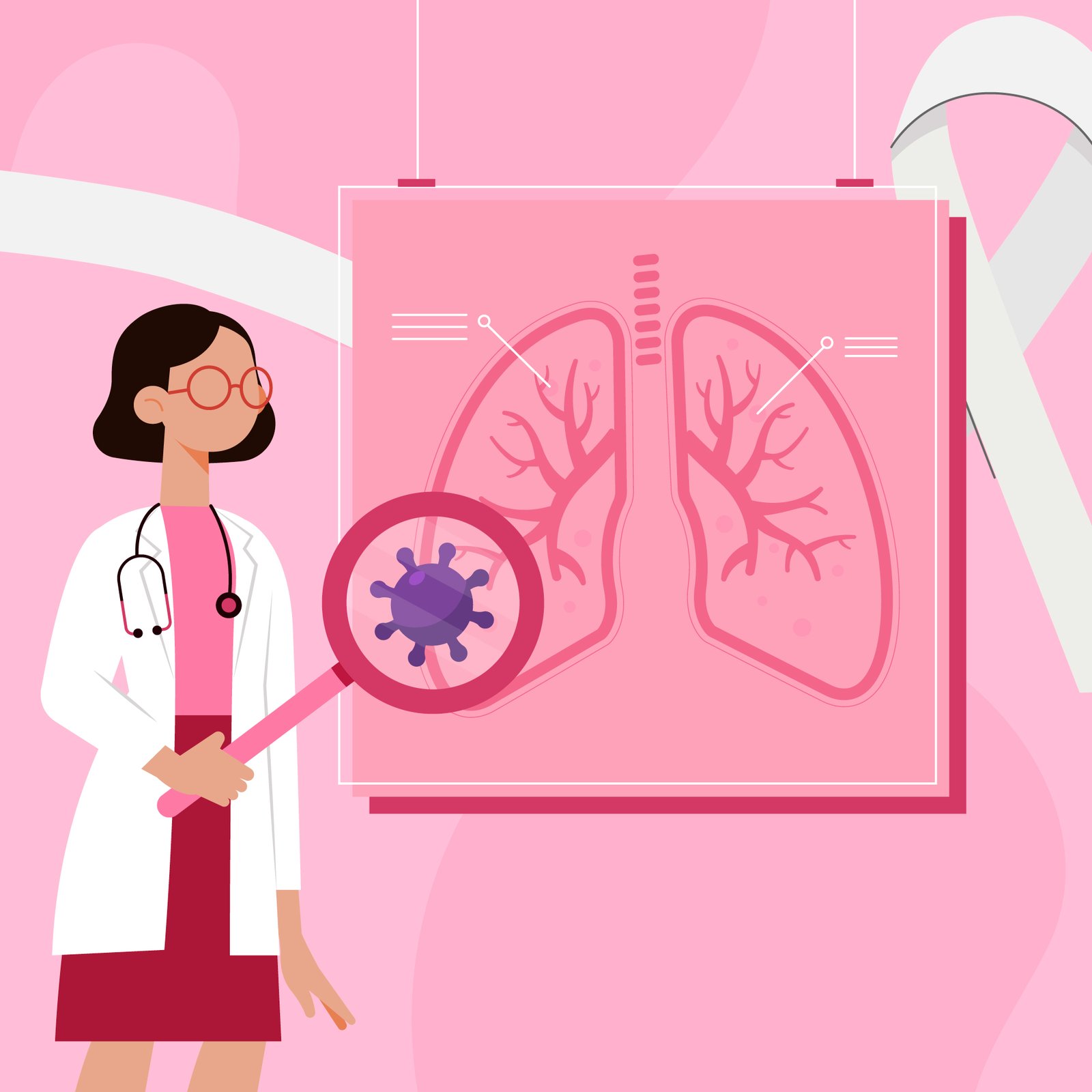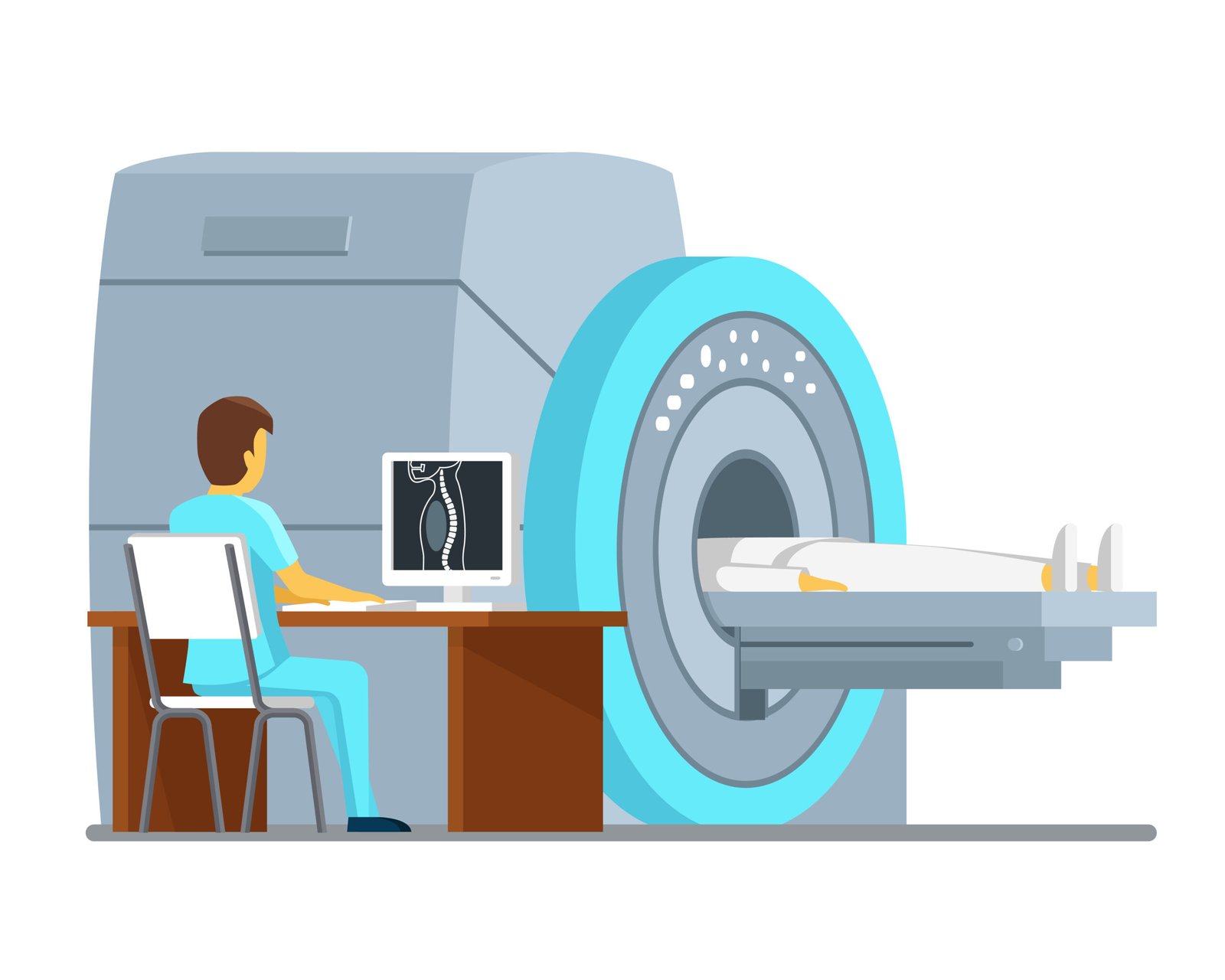Detecting lung cancer early is really important because it helps doctors treat it before it gets worse. Lung cancer usually doesn’t cause symptoms until it’s already serious, so early detection through screening can help find it early.
Doctors use a special X-ray called a low-dose CT scan to check the lungs for any signs of cancer. This test takes detailed pictures of the lungs and uses a small amount of radiation.
Finding lung cancer early means more treatment options are available, which can stop the cancer from getting worse. Therefore, early detection of lung cancer through screening methods can help prevent many deaths from lung cancer.

Let’s understand the Low dose CT scan, a screening method for finding Colorectal early
During a low-dose CT scan test, you lie on a flat table that moves into a large, doughnut-shaped machine called a CT scanner.Inside the machine, an x-ray tube rotates around you, sending out small x-ray beams from different angles. These beams pass through your body and are picked up by detectors on the other side of the scanner. A computer then turns these signals into detailed pictures of your lungs.

It’s important for people to know the good and not-so-good sides of lung cancer screening. Knowing the benefits helps understand why early detection is helpful, while understanding the limitations helps manage expectations and avoid unnecessary stress. Being informed helps make smart choices about health.
Sometimes, when you get screened for lung cancer, the tests might show something unusual in your lungs or nearby areas. Most of the time, these things aren’t cancer, but the doctors might need more tests to be sure.
These extra tests can help them check things out better. Sometimes, the CT scans might even show issues with other organs near your lungs. Your doctor will talk to you about any of these findings and explain what they mean.
